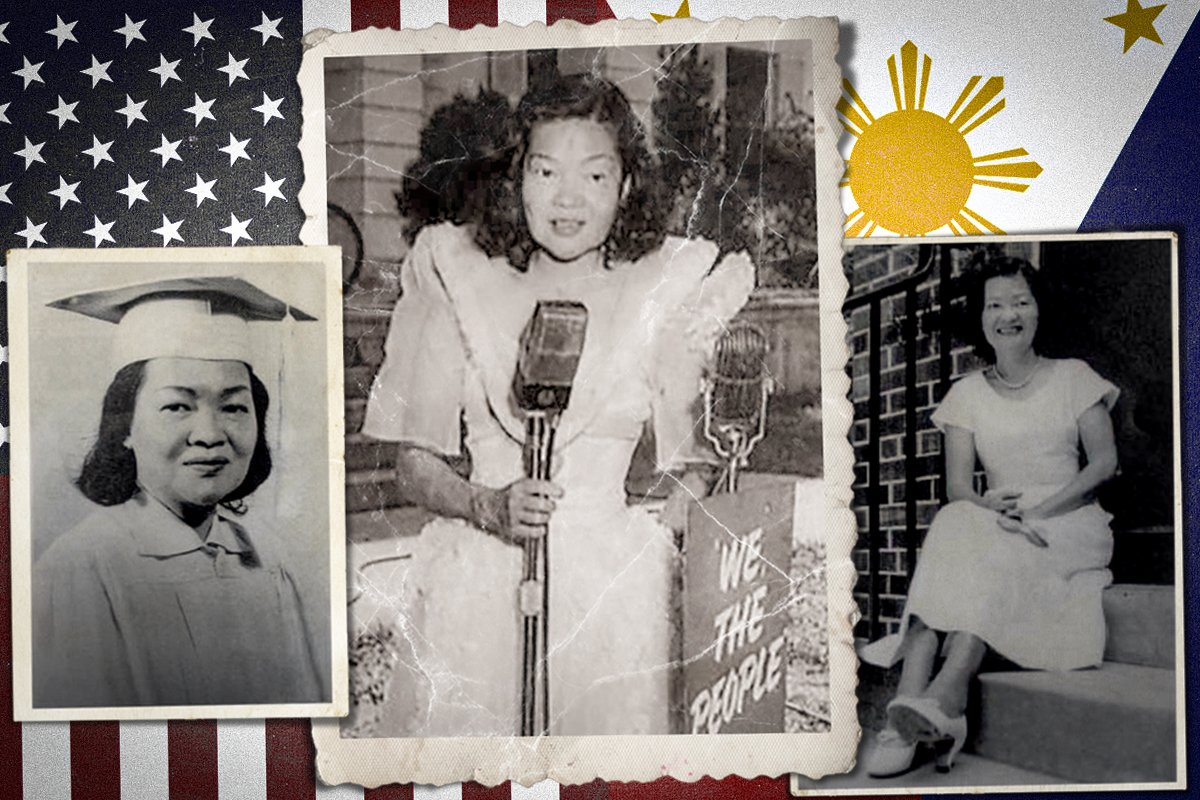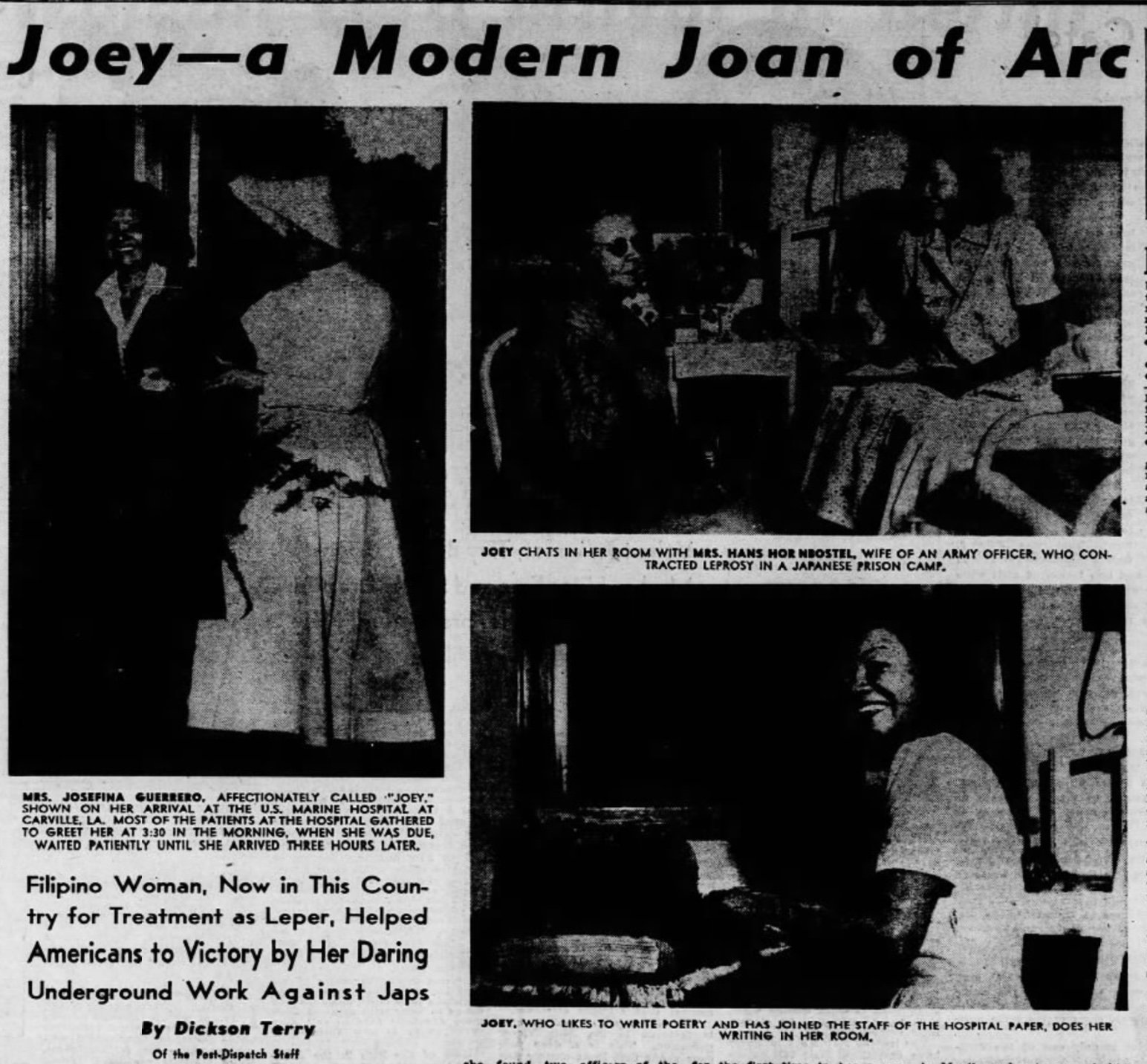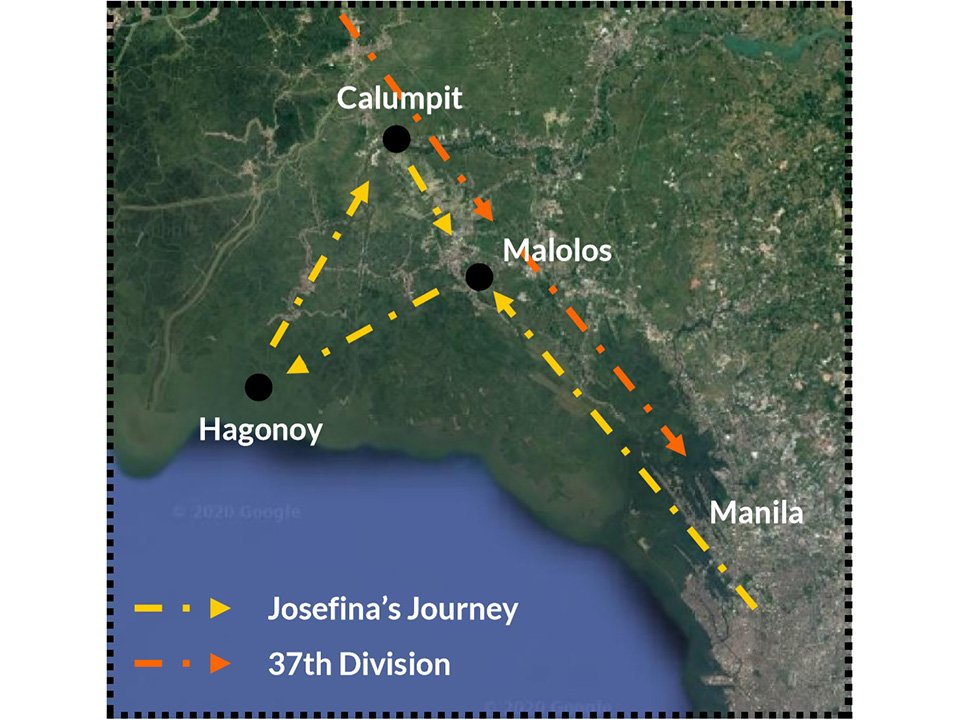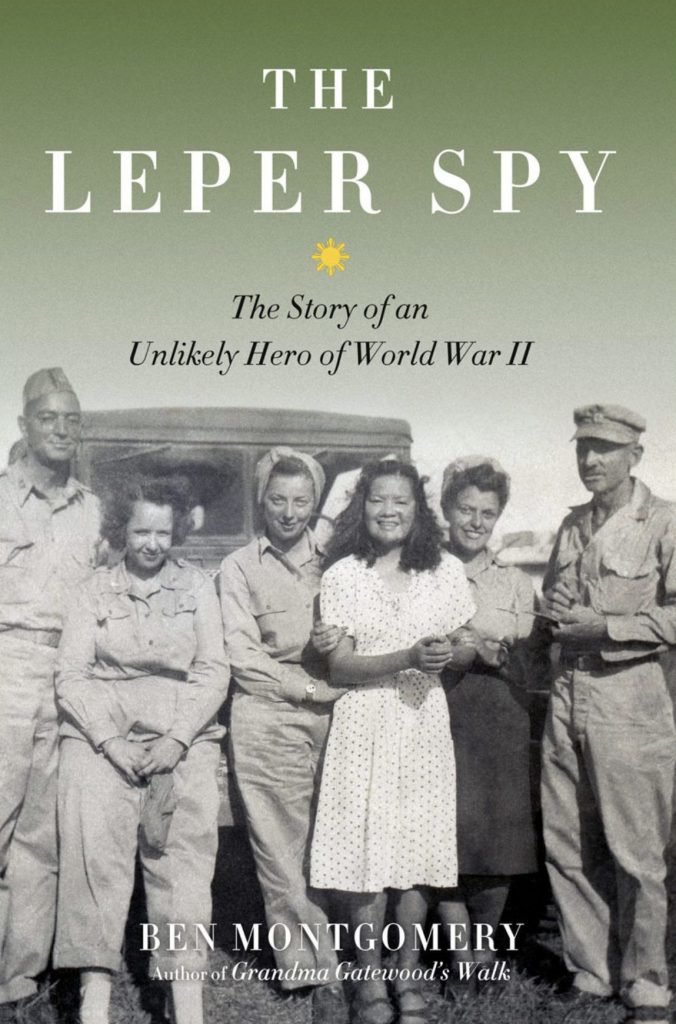‘I’m a Leper’: How a Filipina Spy Exploited Her Disease for Espionage in World War II

Josefina Guerrero became known as the Leper Spy for her role during World War II. Composite made by Coffee or Die Magazine.
She had nothing more to lose. The short, frail Filipina woman shuffled through the streets of Manila, the capital city of the Philippines, which Japanese forces had occupied since 1942. On approach to a Japanese sentry position, she received suspicious glances. She could have been anyone, they thought — a citizen, or worse, a spy.
A Japanese soldier gawked at her lesions that ran up and down her arms and legs. He asked for her identification papers.
“I’m a leper,” she said. “Unclean.”
The guard realized the abrasions on her skin were blotches of leprosy and yelled, “Go, now!”
Her identity didn’t matter to the guards, but for Josefina Guerrero, her disease became her cover. Diagnosed with leprosy (now called Hansen’s disease) in 1941, Guerrero was ostracized by the public, exiled from her family, and declared an outcast by the Japanese. Her wealthy husband moved out, and her 2-year-old daughter was taken from her, leaving her to cope with the illness alone.

Guerrero walked along Dewey Boulevard around the banks of Manila Bay and observed the Japanese garrison at Corregidor. She made mental notes of the locations of gun emplacements, fortifications, and aircraft batteries. In her home, after a day of scouting enemy positions, she scribbled hand-drawn maps from memory. The maps would go up the chain of command to military planners who reproduced the maps for Allied bombers. The bombers used the maps to destroy Japanese defenses in Manila Harbor on Sept. 21, 1944.
Espionage was dangerous work, but it became her saving grace. When the Japanese invaded, all of her treatment plans evaporated. Left untreated, her leprosy symptoms would worsen, eventually leading to a slow, agonizing death. In an epiphany, she thought of Joan of Arc, the peasant girl who led France into battle. Instead of staying inside her home in isolation awaiting a slow and painful death, Guerrero sought the Filipino resistance, who offered her a fate destined for honor. She used her disease — which many people incorrectly believed was highly contagious — to her advantage.
The nearly invisible spy also took a role as a courier, delivering vital messages to Allied forces, US prisoners of war, and other Filipino resistance members. She hid the messages in her hair or between two pairs of socks. She also brought the POWs food, clothes, and medicine. The American GIs, who came to appreciate her greatly, nicknamed her “Joey,” and it stuck.

In January 1945, the Filipina spy was given her most dangerous mission yet. “You had better go to confession and make a good act of contrition,” her superior told her, “for you will not be coming back.”
They told her to establish contact with a Capt. Blair at the American headquarters located 35 miles north of Manila, but they didn’t give her any instructions on how to get there. Her mission was to carry an updated map of the minefields guarding Manila to the headquarters to ensure the safety of US troops as they marched to end the Japanese occupation.
“Joey taped the map securely between her shoulder blades, over the leprous pox that had spread to her neck and face and arms,” wrote author Ben Montgomery in The Leper Spy: The Story of an Unlikely Hero of World War II. “Over that she slipped on an inconspicuous blouse, then a knapsack with shoulder straps.”
Even if she had been in good health, the trip would have been arduous. Guerrero started the journey already suffering from paralyzing headaches and fatigue, walking along the side of a two-lane highway to reach Malolos 25 miles away. The Japanese ignored her presence, paying more attention to others along the guarded roads and footpaths. A villager in Malolos warned of active fighting along the way to Calumpit, so Guerrero hired a boat to detour around the active combat zone. As she traveled the Pampanga River to the town of Hagonoy, Guerrero outran river pirates. Upon reaching land, she walked the remaining 8 miles to her destination.

She discovered the 37th Division had advanced three hours earlier and had relocated the headquarters to Malolos. Despite the bad news, she turned around and walked all the way back.
Upon reaching Malolos, Guerrero was detained and immediately questioned by the Americans. “A CO picked up a Filipino woman who has contact with a Capt. of the guerrilla forces,” wrote a soldier named Dixon with the 129th Infantry attached to the 37th Division, according to The Leper Spy. “They have complete info of enemy installations to the South.”
She delivered the map and rode with the Americans to storm Manila. After the war, she entered a leprosarium, where only four nurses were left to treat 650 patients. American GIs, thankful for her commitment, sent her packages of clothes, medical supplies, and money, just as she had done for them. Friends of hers persuaded US Attorney General Tom Clark to waive immigration restrictions and invite Guerrero to enter the leprosarium at Carville, Louisiana. She received the first American visa for a foreign national with leprosy. In 1948, at age 30, she arrived on a dock in San Francisco to a crowd of Army officials, civic dignitaries, and 300 veterans whose lives she’d touched.
The trauma she experienced during the war and her mistreatment because of her disease pushed Guerrero to abandon her history with both. She became a US citizen in 1967 but faded into obscurity until she died in 1996. Her obituary never mentioned her wartime service — an outcome she apparently intended — but fortunately for us, the legacy of the Filipina leper spy is not forgotten.
Read Next: The Last Surviving Woman To Have Served as a World War II British Spy Turns 100

Matt Fratus is a history staff writer for Coffee or Die. He prides himself on uncovering the most fascinating tales of history by sharing them through any means of engaging storytelling. He writes for his micro-blog @LateNightHistory on Instagram, where he shares the story behind the image. He is also the host of the Late Night History podcast. When not writing about history, Matt enjoys volunteering for One More Wave and rooting for Boston sports teams.
BRCC and Bad Moon Print Press team up for an exclusive, limited-edition T-shirt design!
BRCC partners with Team Room Design for an exclusive T-shirt release!
Thirty Seconds Out has partnered with BRCC for an exclusive shirt design invoking the God of Winter.
Lucas O'Hara of Grizzly Forge has teamed up with BRCC for a badass, exclusive Shirt Club T-shirt design featuring his most popular knife and tiomahawk.
Coffee or Die sits down with one of the graphic designers behind Black Rifle Coffee's signature look and vibe.
Biden will award the Medal of Honor to a Vietnam War Army helicopter pilot who risked his life to save a reconnaissance team from almost certain death.
Ever wonder how much Jack Mandaville would f*ck sh*t up if he went back in time? The American Revolution didn't even see him coming.
A nearly 200-year-old West Point time capsule that at first appeared to yield little more than dust contains hidden treasure, the US Military Academy said.












